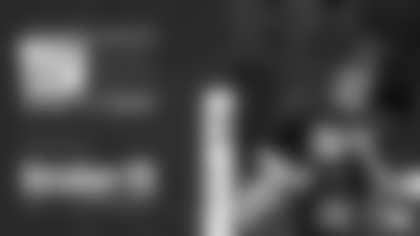Every week, we break down the tape and tendencies of the Giants' opponents. Since the bye week is traditionally a week to self-scout, we have turned the microscope inward on what has happened over the first 10 weeks of the season. We review the tape of each game on the day after, so I'll focus on larger tendencies from the offense and defense in separate stories.
All of the statistics in this story are courtesy of Pro Football Focus (PFF).
First, the offense:
The Spotlight: Quarterback Daniel Jones
I address Jones' turnovers in a separate story this week, so I'll simply look at his performance and passing production here.
Jones's raw numbers are strong for a rookie, 246 pass yards per game in his starts, completing 63% of his passes and 15 touchdowns passes to 8 interceptions. On plays where he does not get pressured, he is completing 70% with 12 touchdowns to only 4 interceptions.
Jones has thrown the ball well against the blitz. On 99 such dropbacks, he has completed 49 of 85 passes for 543 yards, 5 touchdowns and 2 interceptions. Neither Jones' sack rate nor turnover worthy play rate (a PFF metric that determined if a specific play should lead to a turnover) is impacted much at all by whether he is blitzed or not. It is a good sign that blitzes are not rattling Jones.
Jones' performance when he is under center or in the shotgun doesn't vary, nor does whether the team is in 11 personnel (3 WR's, 1 TE, 1 RB), 12 personnel (2 WR's, 2 TE's, 1 RB) or 21 personnel (2 WR's, 1 TE, 2 RB's). There's no evidence a change in alignment or personnel tendencies in the second half of the season would significantly affect his play.
Jones has been particularly effective against cover-one. He has completed 50 of 82 passes for 663 yards with five touchdowns, two interceptions and only five turnover-worthy plays. His 8.1 yards per attempt and 10.1 yard average depth of target are impressive against single-high man defense.
Jones, like most quarterbacks, has thrived using play-action passes. On 67 dropbacks, he has completed 67% of his passes for 494 yards with six touchdowns and 2 interceptions. He averages 9.0 yards per attempt and has an average depth of target of 8.8 yards with only four turnover-worthy plays in those situations. Since Jones became the starter, the Giants are only running play action 19.4% of the time, which is the 7th lowest rate in the league.
Scheme and Tendencies
* The Giants could improve on making big plays in the passing game. Only 10.6% of the Giants pass attempts since Daniel Jones became the starter have been 20 or more yards in the air, which ranks 22nd in the league. Only 14% of the Giants passes have gone for 15 or more yards since Jones became the starter, which is the sixth lowest rate in the league.
* Protection issues might be impacting the Giants ability to throw down the field more. Since Jones became the starter, the Giants have allowed pressure on 34% of their pass plays, which is the sixth highest rate in the league. Pressure has come despite being blitzed on 28.7 of their pass plays, which is only the 20th highest rate in the league. Pressures allowed are spread fairly evenly across the line.
* On passes that travel 20 or more yards in the air, Jones is 5 of 31 for 201 yards with four touchdowns and two interceptions. In spite of those numbers, Jones has demonstrated an ability since the spring of being a good deep passer.
* The Giants have been predominantly an 11 personnel team this year, taking 70% of their snaps from that group since Jones became quarterback. They've used 12 personnel 19% of the time and 21 personnel just 7% of the time since Jones took over.
* The Giants have not been a predictable team in terms of run/pass splits. They run it 39% of the time in the first half, which ranks 17th in run percentage. On 1st and 10 situations in the first half, the Giants run it 44% of the time, 23rd highest in the league.
* Saquon Barkley has run the ball best out of 11 personnel, averaging 5.0 yards per carry on 52 rushes. On all other rushes, he has carried 49 times for 143 yards, which is only 2.9 yards per carry. He has been slightly better when the quarterback is under center, where he has averaged 4.5 yards per carry versus 3.4 when not under center.
* Golden Tate had a very productive first six games. His 33 catches for 417 yards and 3 touchdowns would extrapolate to 88 catches for 1,112 yards and 8 touchdowns over a 16-game season. He has achieved a good chemistry with Jones and is his most reliable receiver. He is averaging 12.6 yards per catch and has touchdown catches of 61 and 64 yards. Tate has not dropped a pass this season and 232 of his 417 yards have come after the catch. He has lined up in the slot on 264 of his 339 snaps.
* When Evan Engram has been healthy, he has been productive, averaging 5.5 catches and 58 yards per game. Over a 16-game season, that would equate to 88 catches for 934 yards and 6 touchdowns. PFF has him for just three drops in his eight games this year.
* Darius Slayton has had an excellent rookie season with 394 yards and 27 catches in eight games. He leads receivers with 14.6 yards per catch and five touchdowns. Slayton has the size and speed to be a traditional X receiver outside who can stretch the field and make contested catches. He makes a perfect complement to Tate and Sterling Shepard.
Things to Correct
Every game during a football season is unique. That makes it difficult to create a rolling narrative to fully explain why a team starts a season 2-8. For the Giants, however, there has been a common thread that explains many of their losses: turnover margin.
The Giants are tied for last in the NFL in turnover margin at -12. The other teams tied with them are the Falcons and Dolphins, who also have only two wins each. The Bengals have a -11 ratio and are 0-9. Sensing a trend? No team that is -3 or worse in turnover ratio has more than four wins, and only one (Chargers) has more than three.
This season, when teams are -3 or worse in turnover ratio, they are 3-24. When they are -2 in turnover ratio, they are 3-30. When teams are -1, they are 20-34-1. Teams that are even are exactly .500, 33-33.
It's no different for the Giants. They are 0-6 in games they are -2 or worse. They have split their two games where they have been even, and are 0-1 in the one game they were +1.
The Giants have been on the wrong side of the turnover battle in every game but three this season.
Game 1 at Dallas: -2 - Loss
Game 2 vs. Bills: -2 - Loss
Game 3 at Tampa Bay: -1 – Win
Game 4 vs. Redskins: Even – Win
Game 5 vs. Vikings: Even – Loss
Game 6 at New England: -2 – Loss
Game 7 vs Cardinals: -3 – Loss
Game 8 at Detroit: +1 – Loss
Game 9 vs Cowboys: -2 – Loss
Game 10 at New York Jets: -2 – Loss
When a team is playing rookies more snaps than any other team and in year two of a roster transformation, it is hard to win. It is nearly impossible when the offense gives the ball away too much. The Giants are in the middle of the league in takeaways with 12, but they have more turnovers than any other team with 24.
It's easy to point the finger at rookie quarterback Daniel Jones, who has 8 interceptions and 13 fumbles (9 lost). He has held the ball too long on some plays and hasn't protected the ball when he has been hit. He's talked about those problems, which are common to rookies, and understands they need to be corrected. Adjusting how he is holding the ball to prevent fumbles is an easier mechanical fix, while honing his internal clock, instincts and pocket awareness might take a little more time.
According to Pro Football Focus, Jones is in the pocket an average of 2.85 seconds per pass play. Of quarterbacks with 100 or more attempts, 25 are in the pocket less time per play than Jones, who has been sacked four times on plays he has held the ball less than 2.5 seconds. He has gotten the ball out in less than 2.5 seconds on 43.75% of his dropbacks, the eighth lowest percentage of quarterbacks with at least 100 dropbacks.
His protection, especially in recent weeks, has been inconsistent. He has been sacked 22 times in the last four games and 27 times in his last six. According to PFF, Jones has been pressured on 42.9% of his snaps, which is the highest rate in the league of quarterbacks with 100 or more dropbacks. The Giants are being blitzed at the 13th highest rate (30.7%) since Jones became the starter. That rate has dropped to 26.1% in the last four games, 24th highest in the league. Teams are getting home with four men far too often, which makes it difficult on a rookie quarterback. No quarterback has had more than Jones' 150 pressured dropbacks.
His interceptions have been a product of being aggressive. According to PFF, only four of his eight interceptions have come when he is under pressure, while seven of his eight have come on tight window throw attempts. Almost 25% of Jones' passing attempts this year have been tight window throws. As Pat Shurmur said earlier in the year, it is better to have to pull a quarterback back that is willing to attempt those passes than to convince one to be more aggressive.
PFF tracks "turnover worthy plays" for quarterbacks. Those are plays where the defense can take the ball away, and Jones has 22 this year, second in the league. These types of plays plague a lot of rookie quarterbacks, and there's no reason to think Jones can't grow out of it given his work ethic and attention to detail.
To start winning more games, the Giants have to cut down on their turnovers. Opponents have four defensive scores against them and a safety. Other turnovers have led to good field position for opponents, who have scored 78 points off Giants turnovers, which is the second most in the NFL. It's hard to win games that way.
View the best photos from the first half of the New York Giants' season


New York Giants S Antoine Bethea during week 1 game against the Dallas Cowboys in Arlington, TX

RB Saquon Barkley (26)


OL Will Hernandez (71), Kevin Zeitler (70), Mike Remmers (74), Spencer Pulley (77), Nick Gates (65)


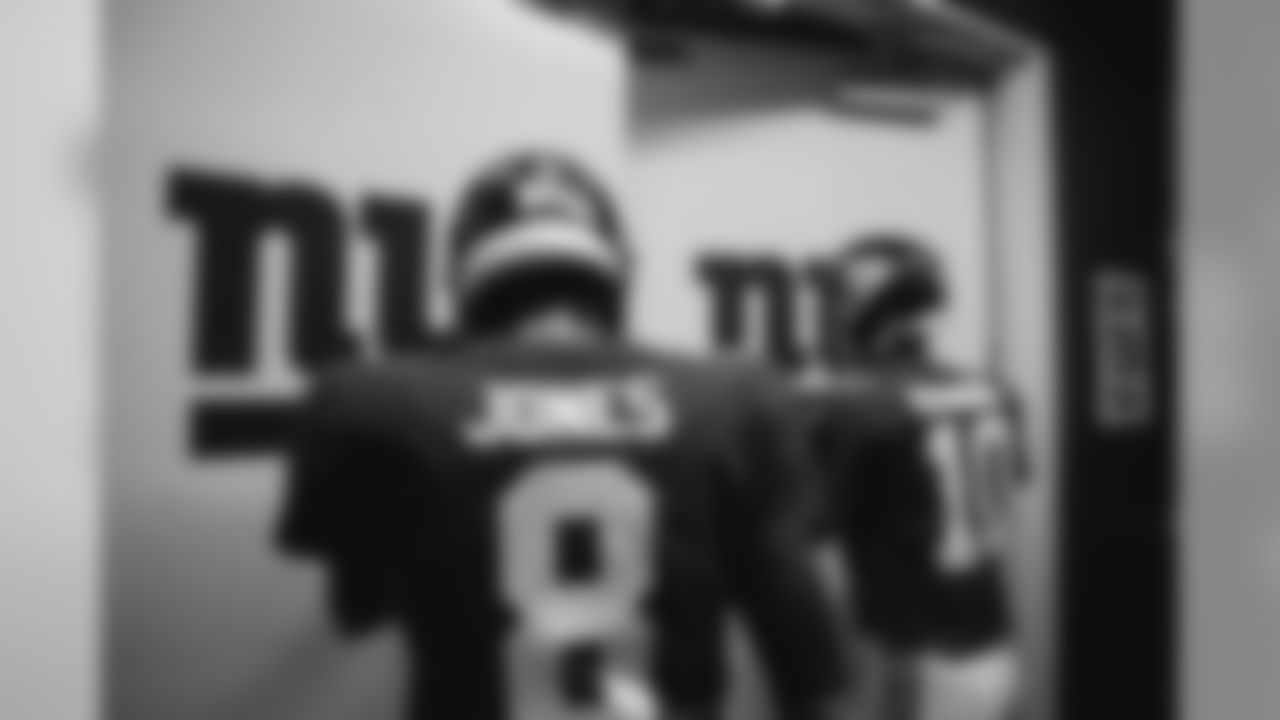
QB Daniel Jones (8) & QB Eli Manning (10)
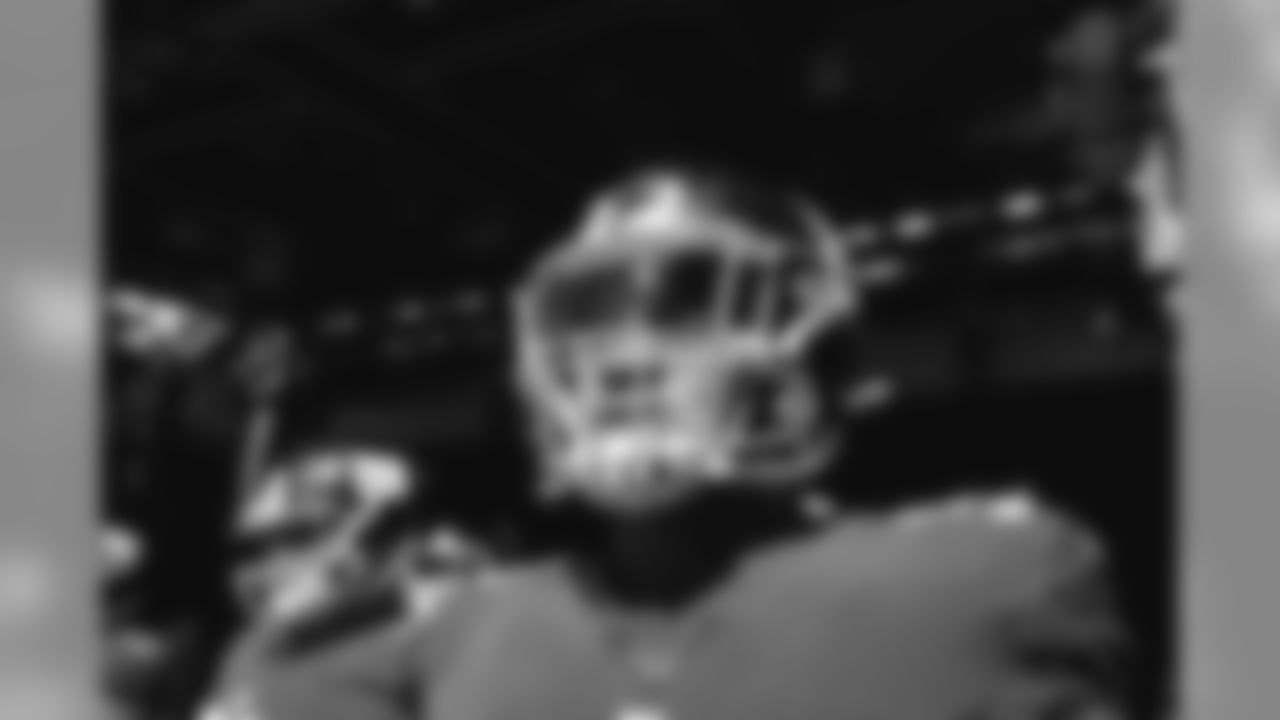





TE Evan Engram (88)


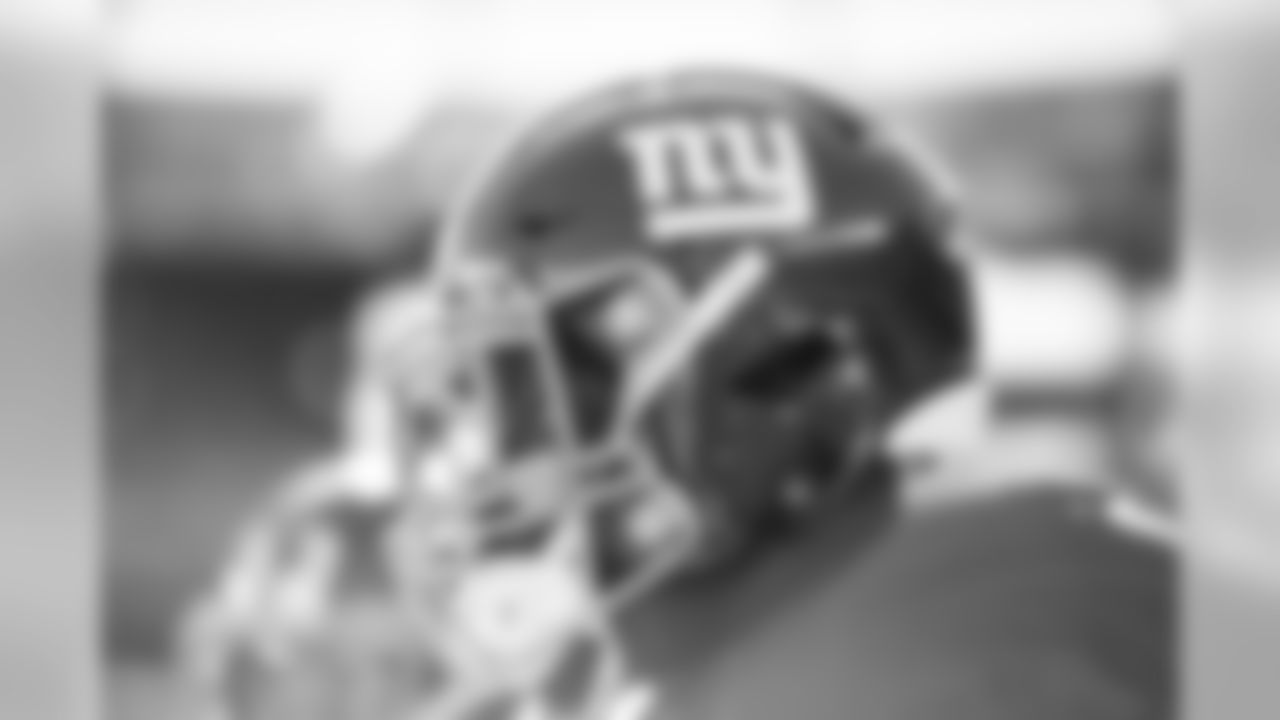


New York Giants vs Buffalo Bills at MetLife Stadium in East Rutherford, NJ


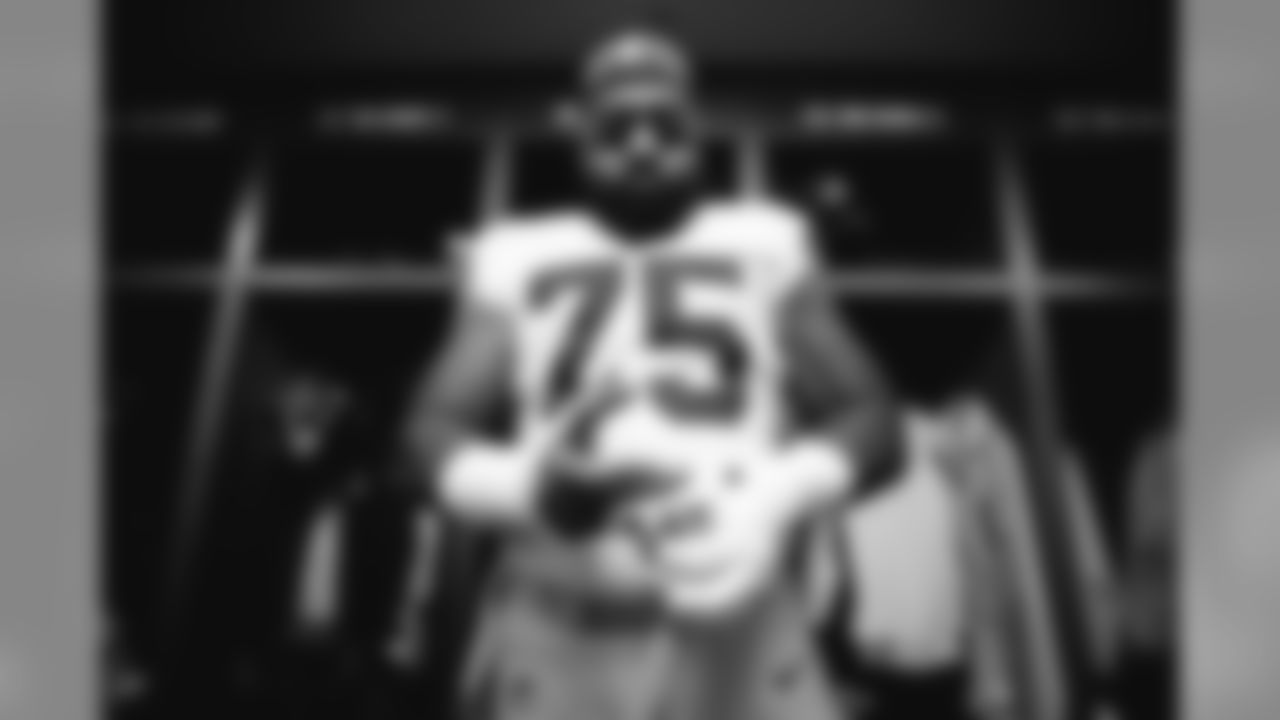
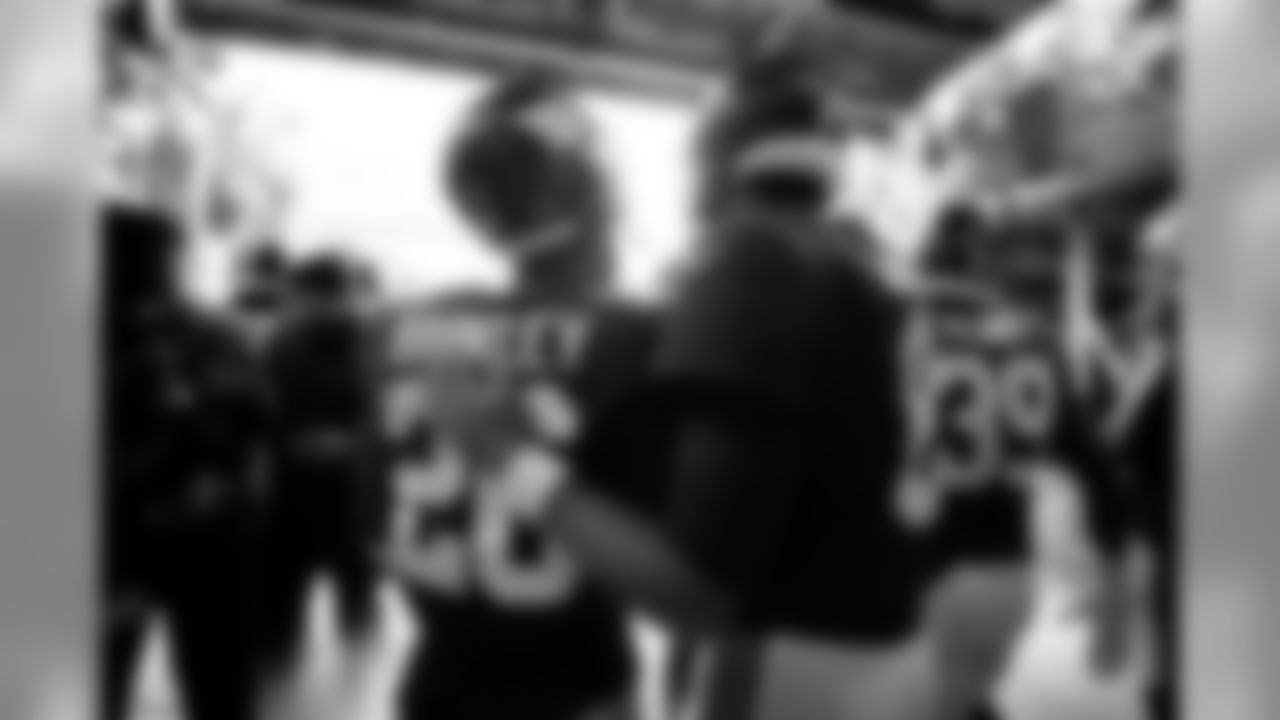
New York Giants QB Daniel Jones (8) and RB Saquon Barkley (26) during a week 7 game against the Arizona Cardinals at MetLife Stadium in East Rutherford, NJ

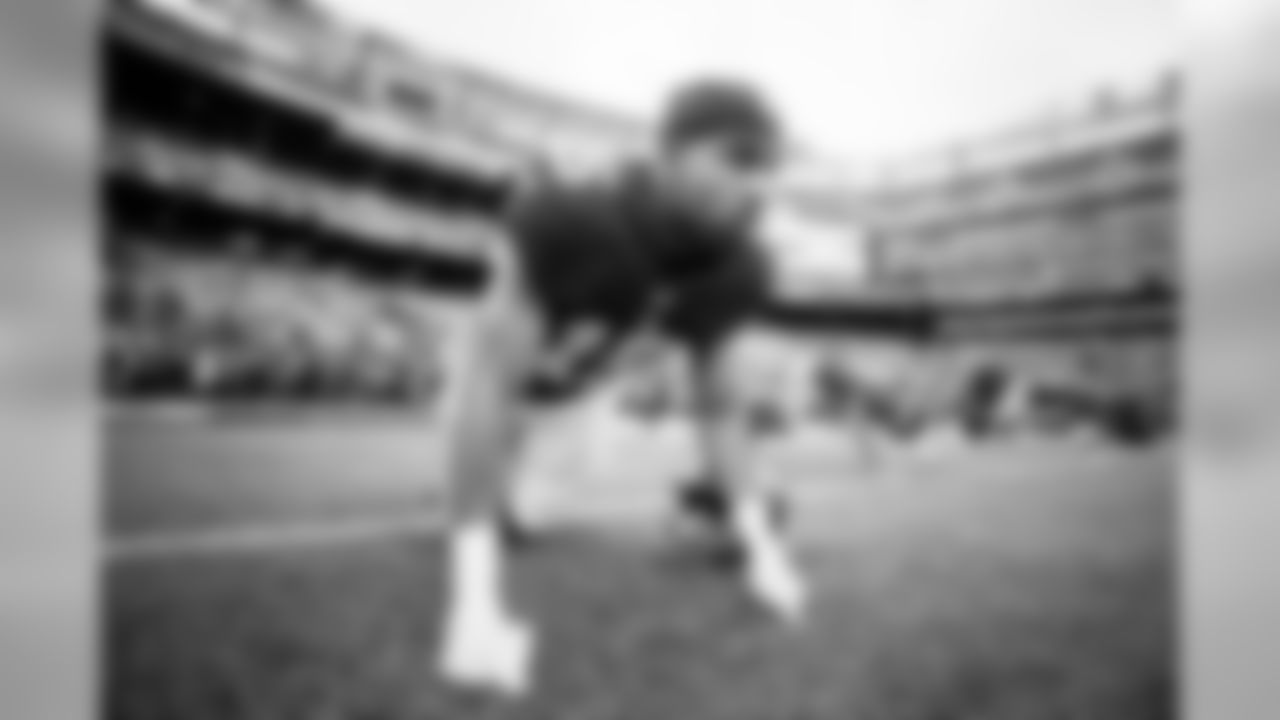
New York Giants WR Golden Tate (15) during a week 7 game against the Arizona Cardinals at MetLife Stadium in East Rutherford, NJ

New York Giants LB Markus Golden (44) during a week 5 game against the Minnesota Vikings at MetLife Stadium in East Rutherford, NJ

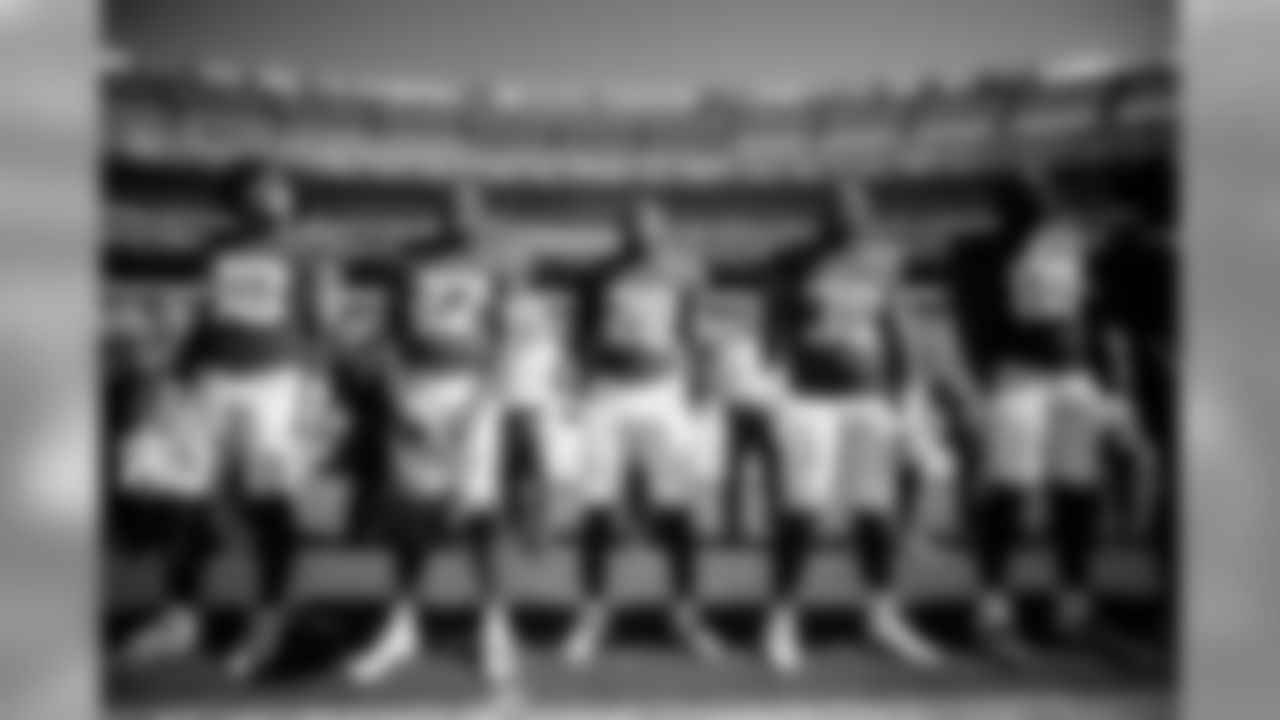
New York Giants TE Evan Engram (88), CB DeAndre Baker (27), RB Jonathan Hilliman (28), RB Elijhaa Penny (39) and TE Garrett Dickerson (89) during a regular season week 4 game against the Washington Redskins at MetLife Stadium in East Rutherford, NJ

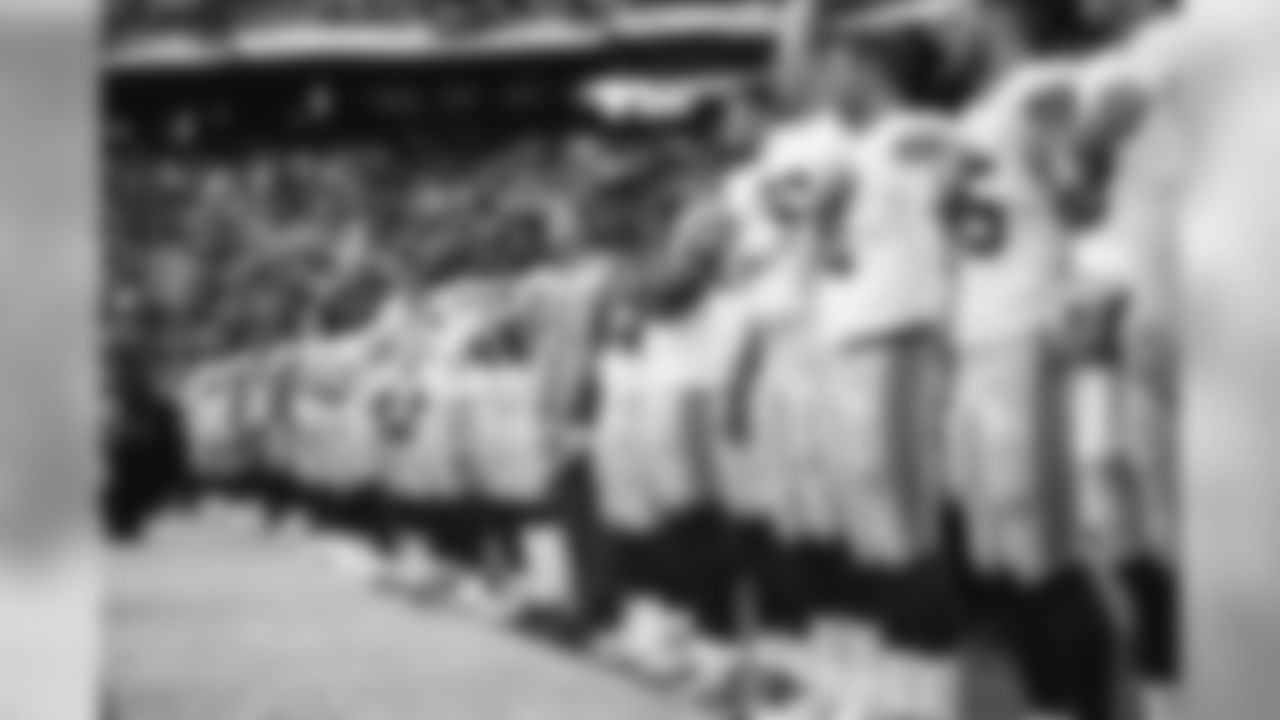

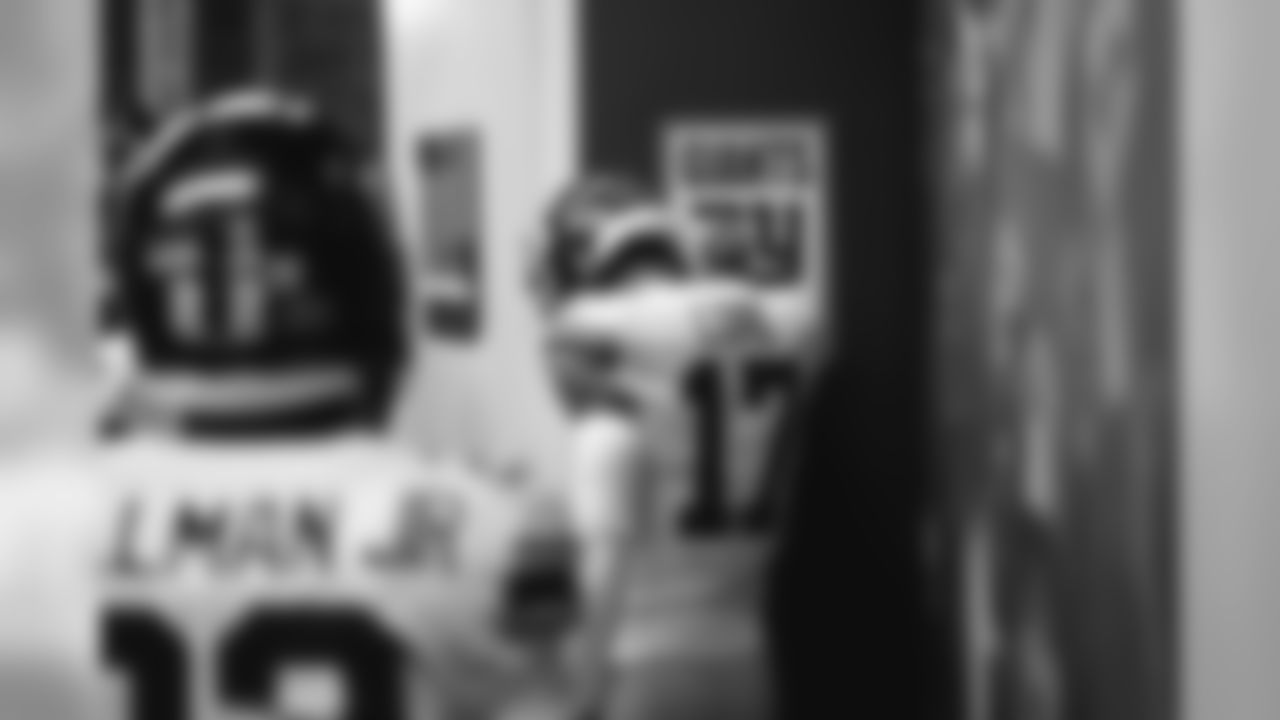

New York Giants QB Daniel Jones during a regular season week 3 game against the Tampa Bay Buccaneers at Raymond James in Tampa, FL.

New York Giants QB Daniel Jones (8) & QB Eli Manning (10) during a regular season week 3 game against the Tampa Bay Buccaneers at Raymond James in Tampa, FL.


New York Giants RB Saquon Barkley during week 2 game against the Buffalo Bills in East Rutherford, NJ

New York Giants RB Saquon Barkley during a regular season week 3 game against the Tampa Bay Buccaneers at Raymond James in Tampa, FL.

New York Giants RB Saquon Barkley during week 2 game against the Buffalo Bills in East Rutherford, NJ

New York Giants S Jabrill Peppers during week 2 game against the Buffalo Bills in East Rutherford, NJ

New York Giants RB Saquon Barkley during week 2 game against the Buffalo Bills in East Rutherford, NJ

New York Giants TE Evan Engram during a regular season week 3 game against the Tampa Bay Buccaneers at Raymond James in Tampa, FL.

New York Giants OLB Lorenzo Carter (59) during week 1 game against the Dallas Cowboys in Arlington, TX

Fireworks during a week 9 game against the Dallas Cowboys at MetLife Stadium in East Rutherford, NJ
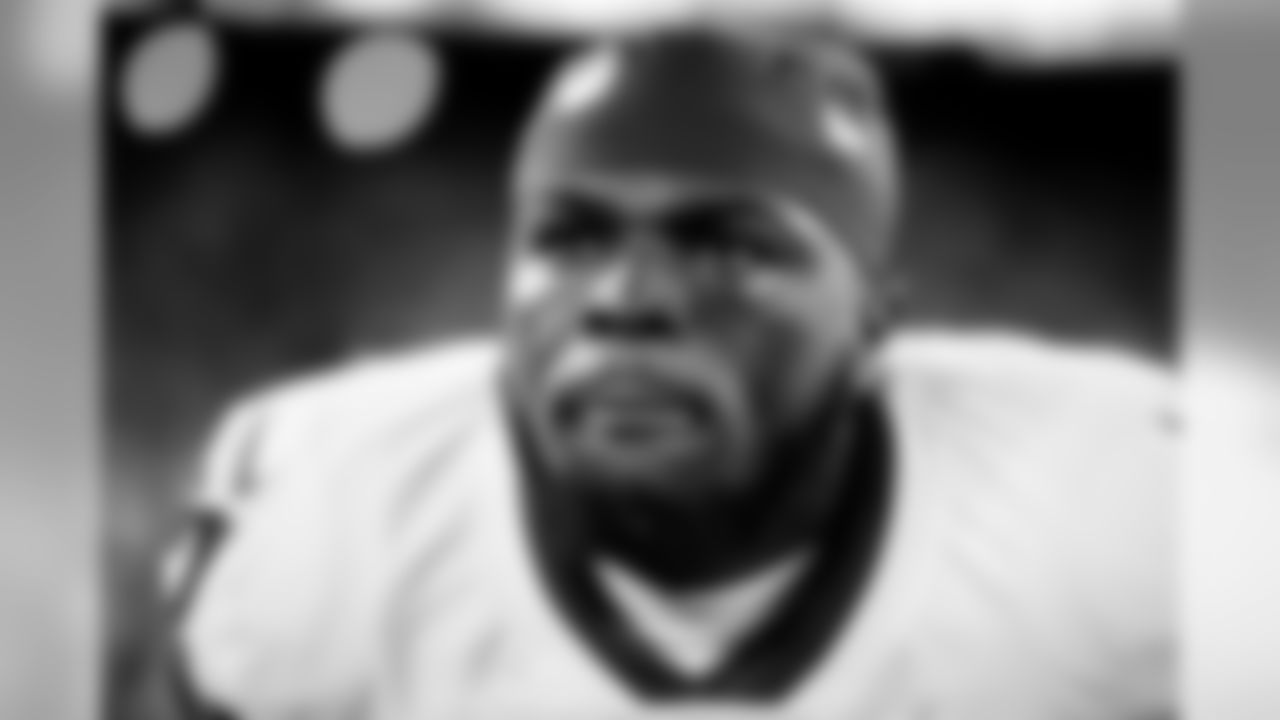
New York Giants S Jabrill Peppers (21) during a week 9 game against the Dallas Cowboys at MetLife Stadium in East Rutherford, NJ
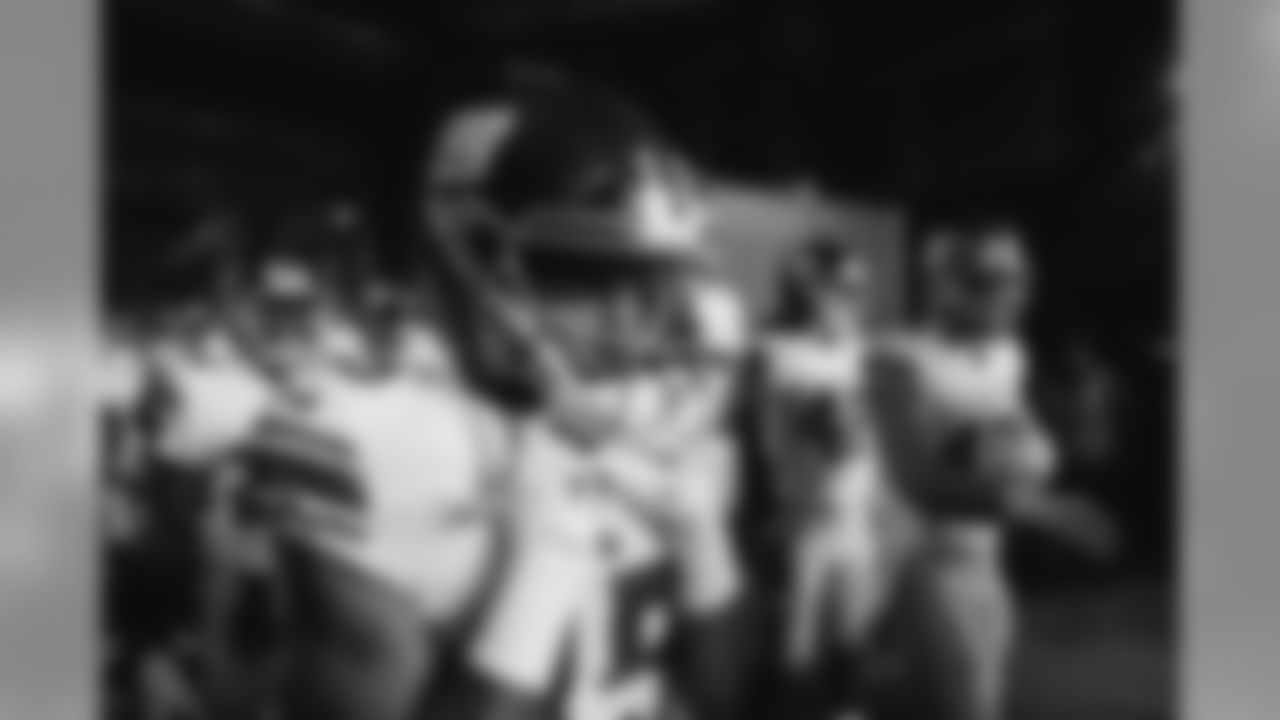
New York Giants wide receiver Golden Tate (15) before a week 6 regular season game against the New England Patriots on Thursday October 10th, 2019 in Foxborough, Massachusetts
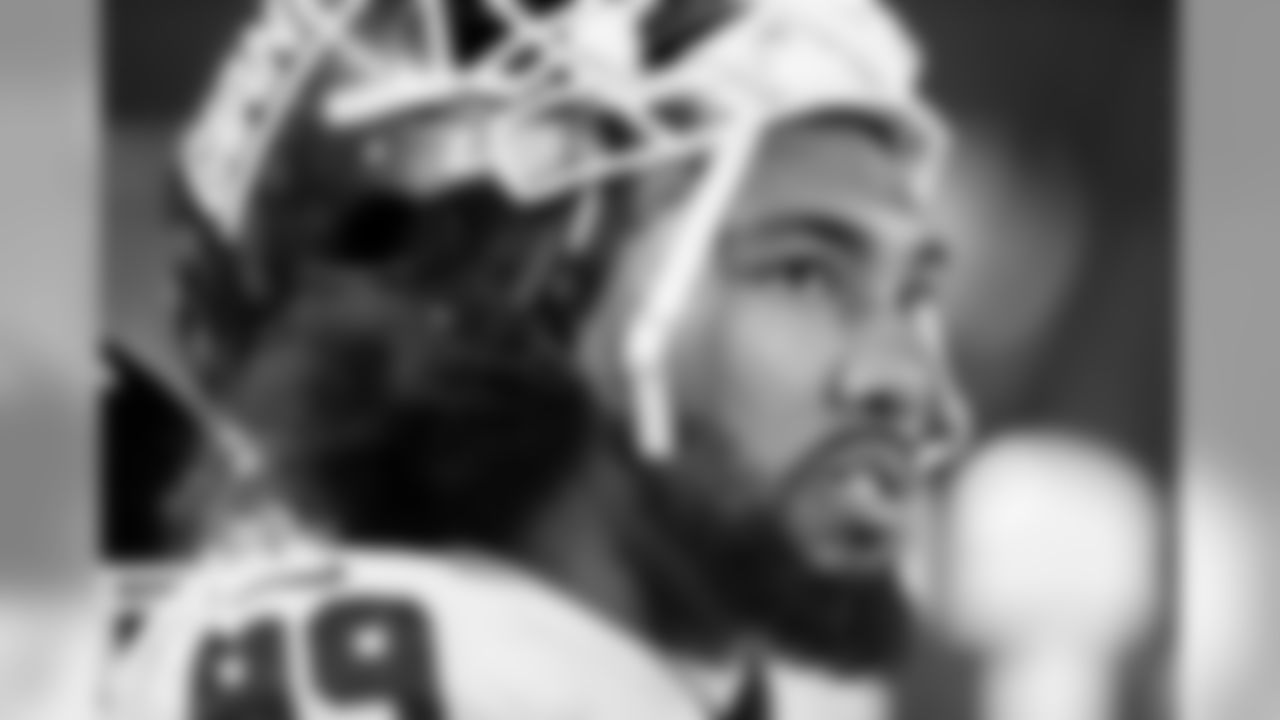
New York Giants DL Leonard Williams (99) during a week 9 game against the Dallas Cowboys at MetLife Stadium in East Rutherford, NJ


Giants App
Download the Giants' official app for iPhone, iPad and Android devices






